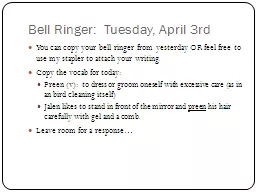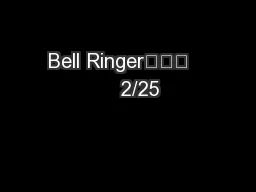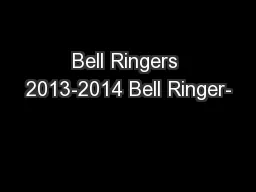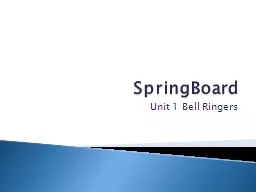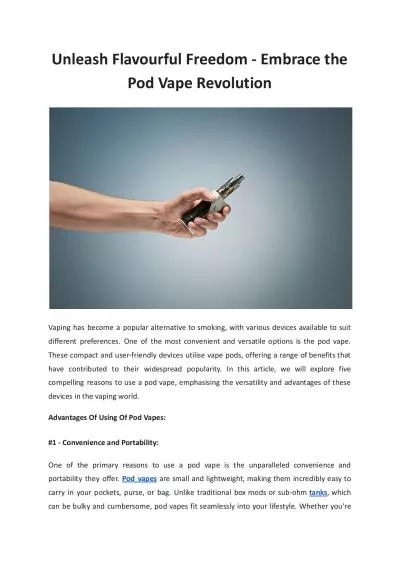PPT-Bell Ringer Objective: Question: Page 7 of POD
Author : tatiana-dople | Published Date : 2019-06-20
What is meiosis You have 15 minutes Use your Chromebook amp Biology books Turn something in that answers these six questions What is the purpose of meiosis What
Presentation Embed Code
Download Presentation
Download Presentation The PPT/PDF document "Bell Ringer Objective: Question: Page 7 ..." is the property of its rightful owner. Permission is granted to download and print the materials on this website for personal, non-commercial use only, and to display it on your personal computer provided you do not modify the materials and that you retain all copyright notices contained in the materials. By downloading content from our website, you accept the terms of this agreement.
Bell Ringer Objective: Question: Page 7 of POD: Transcript
Download Rules Of Document
"Bell Ringer Objective: Question: Page 7 of POD"The content belongs to its owner. You may download and print it for personal use, without modification, and keep all copyright notices. By downloading, you agree to these terms.
Related Documents




